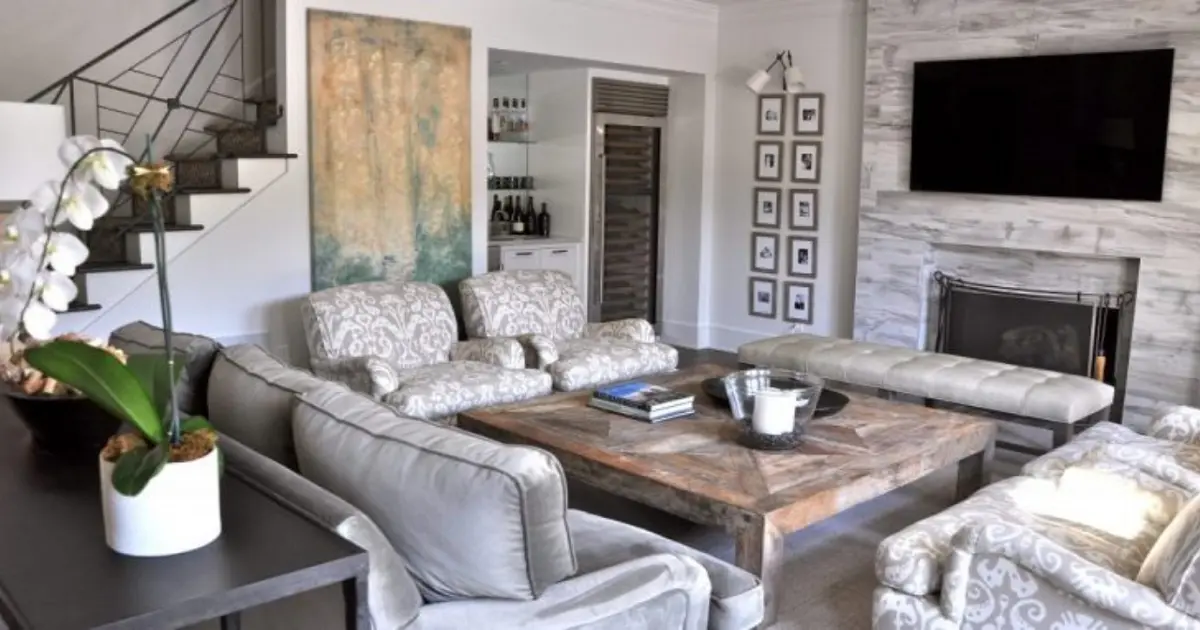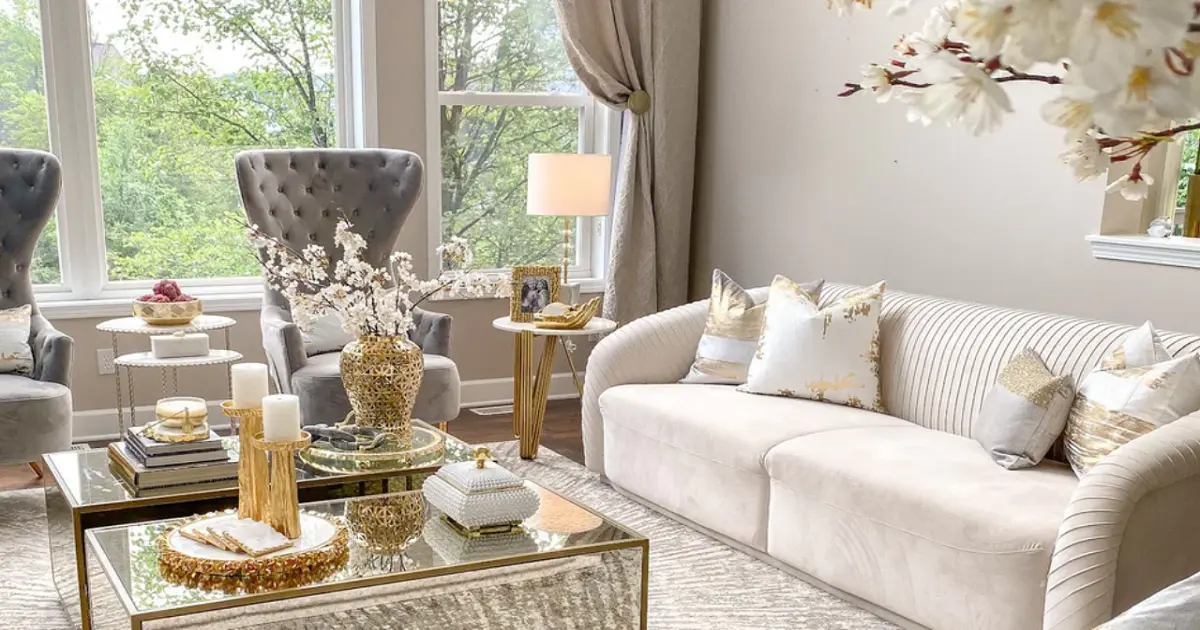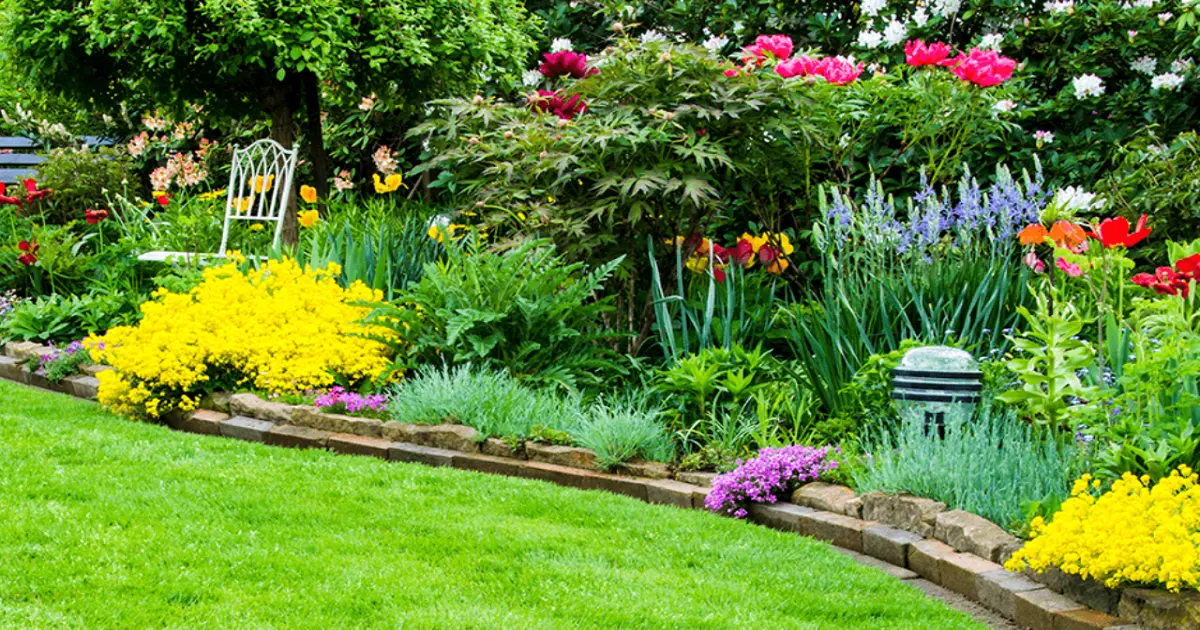In a realm where walls transform into canvases and furniture metamorphoses into poetry, interior design emerges as a seamless fusion of beauty and utility. It’s the enchanting art of infusing life into spaces, weaving tales with colors, textures, and forms. This article embarks on an immersive journey through the house of interior design, unveiling its historical origins, technological progressions, cultural influences, and the enduring impact it casts on our daily lives.
The Ever-Evolving Tapestry of Design
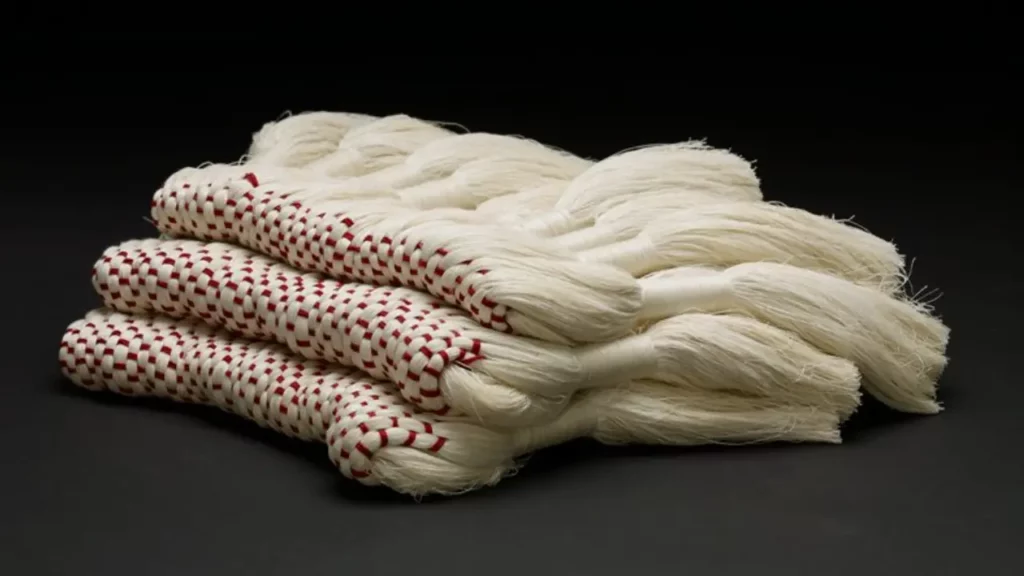
Cultural Influences
Interior design is a cultural kaleidoscope, mirroring the traditions, values, and beliefs of societies across history. From the intricate geometries of Islamic interiors to the serene minimalism of Japanese design, cultural subtleties interlace into the very essence of interior spaces, celebrating diversity and heritage.
Fusion of Styles
Interior design thrives on a harmonious fusion of styles in the contemporary panorama. Eclectic interiors intricately weave elements from diverse eras and regions, crafting symphonic compositions that defy categorization. This fusion adds layers of depth and intrigue to modern living spaces.
The Digital Age and Interior Design
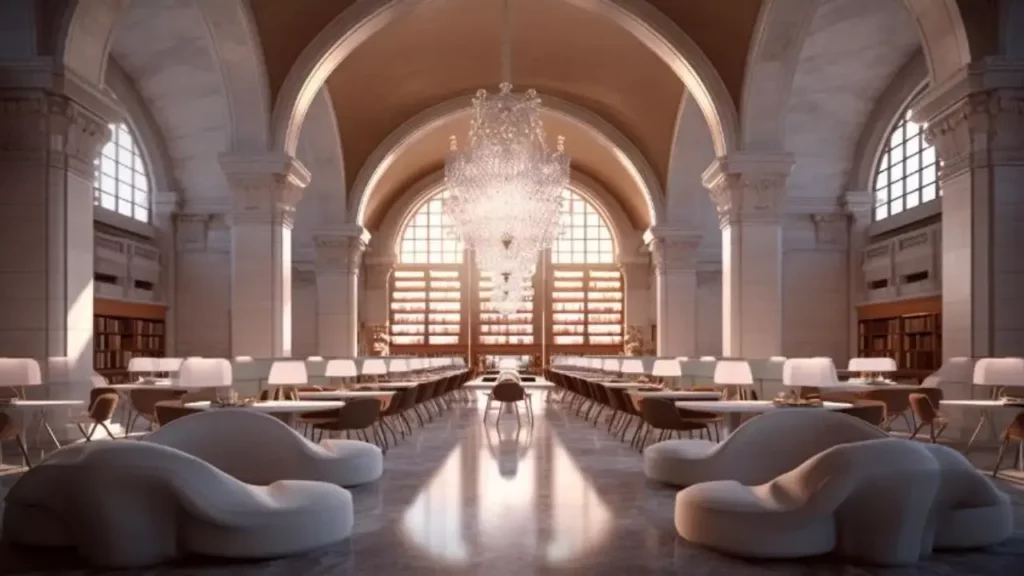
Virtual Reality Revolution
The advent of virtual reality has revolutionized our perception house of interior design. Designers now create immersive virtual walkthroughs, allowing clients to explore and experience spaces before they materialize. This technology-driven approach enhances communication and ensures that expectations align with reality.
Sustainable Design Tools
Technology isn’t just redefining the design process and steering sustainability. Designers employ advanced tools to simulate the environmental impact of design decisions, enabling informed choices concerning materials, energy consumption, and waste reduction.
Designing for the Senses
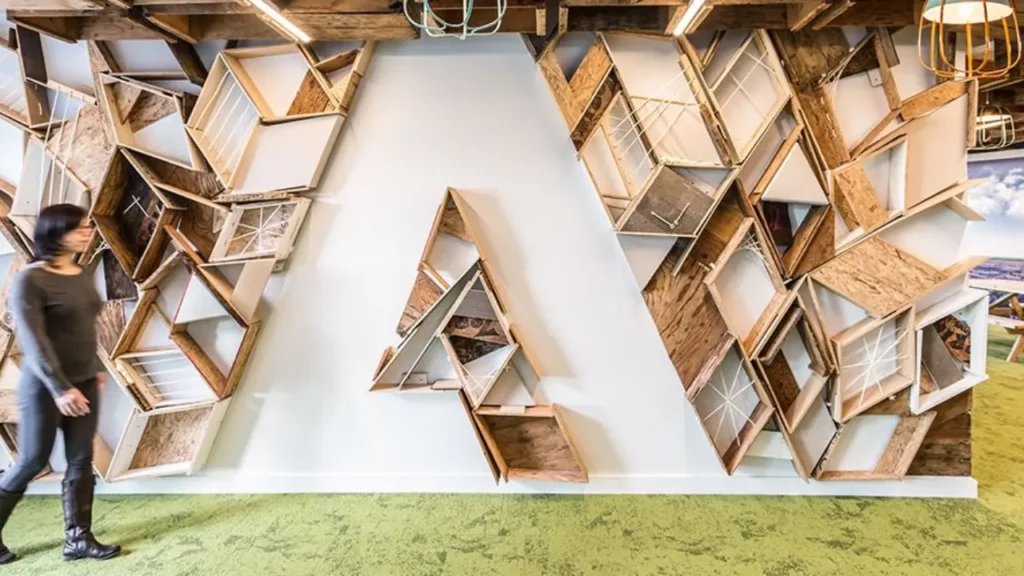
Sensory Architecture
Interior design orchestrates the senses, engaging touch, sight, sound, scent, and taste. Beyond visual aesthetics, designers embrace tactile materials, acoustic solutions, ambient fragrances, and even culinary experiences, fostering holistic environments that resonate with every facet of the human experience.
Biophilic Design
Nature’s imprint on interior design is undeniable. Biophilic design ushers the outdoors indoors, integrating natural elements such as plants, sunlight, and flowing water into spaces. This design philosophy elevates aesthetics and contributes to enhanced well-being and productivity.
The Collaboration That Shapes Spaces
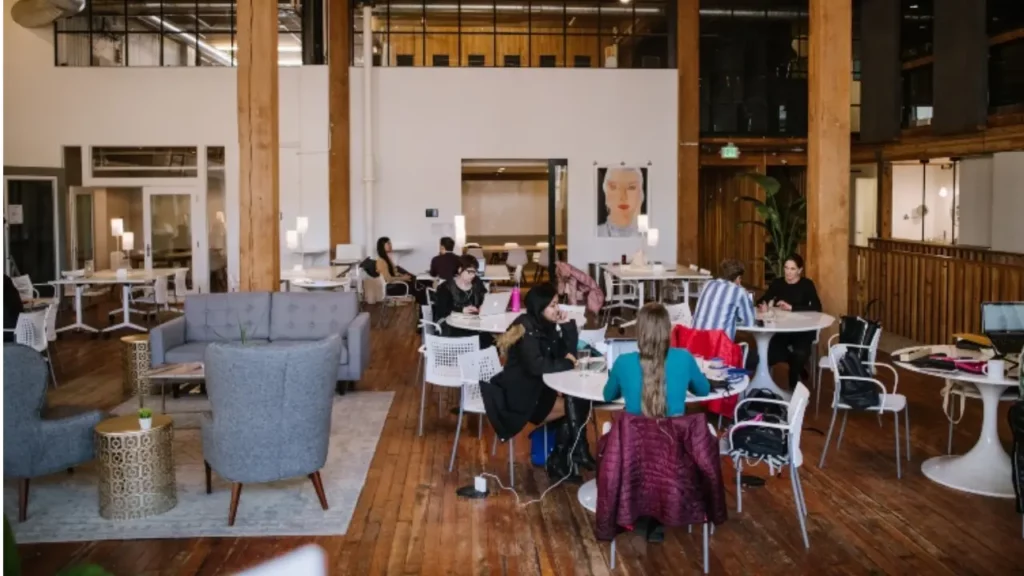
Multidisciplinary Collaboration
Interior design thrives on collaboration. Designers collaborate closely with architects, engineers, contractors, and artisans to materialize their visions. This multidisciplinary approach ensures that every aspect of a space aligns seamlessly, from structural soundness to aesthetic finesse.
Client-Centric Vision
Interior design is a canvas for personal expression. Designers embark on a voyage with clients, delving into their lifestyles, aspirations, and desires. This partnership culminates in spaces that echo the designer’s expertise and encapsulate the client’s uniqueness.
The Lasting Influence of Interior Design
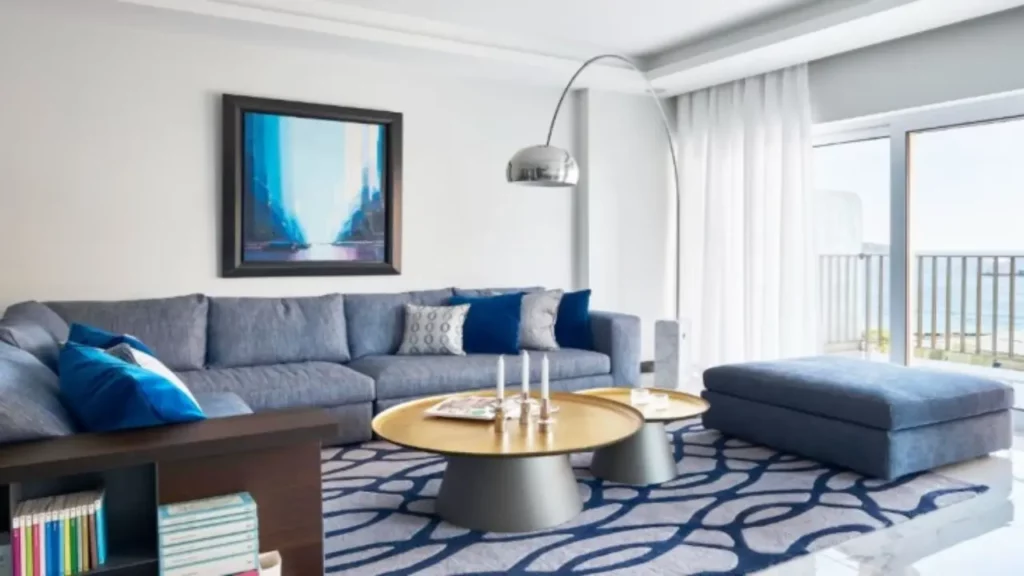
Psychological Impact
Interior design is an emotional expedition through spaces. The furniture arrangement, the interplay of light, and the use of colors can influence mood and behavior. Intelligently designed interiors can alleviate stress, enhance creativity, and nurture positive interactions.
A Legacy of Sustainability
The ethical responsibility house of interior designers is burgeoning. Sustainable design practices diminish the environmental footprint and set a precedent for conscientious consumption. Designers contribute to a more sustainable future through mindful material selection and energy-efficient solutions.
If you want to know about Inspire Me Home Decore let’s delve into this article.
FAQs
Can interior design be deemed an art form?
Absolutely. The interior design embodies artistic expression that melds aesthetics, functionality, and human psychology, conjuring immersive and meaningful spaces.
What role does cultural sensitivity play in interior design?
Cultural sensitivity is pivotal in interior design. It ensures that design choices honor and celebrate diverse cultural backgrounds, fostering inclusivity and understanding.
How do interior designers balance tradition and modernity?
Skilled designers find the delicate equilibrium between tradition and modernity by seamlessly integrating classic elements with contemporary sensibilities, crafting spaces that pay homage to heritage while embracing innovation.
Can interior design impact energy efficiency?
Indeed, interior design can profoundly impact energy efficiency. Designers employ passive design strategies, efficient lighting, and insulation to create spaces that consume less energy, reducing utility bills.
What does the future hold for interior design?
The future harbors exciting prospects, including more sustainable practices, the integration of AI and intelligent technology, and a persistent emphasis on crafting spaces prioritizing the well-being and human experience.
Conclusion
Interior design is akin to the alchemy of transforming spaces into narratives, with every design choice echoing like a stanza in an orchestral masterpiece. It’s a discipline that weaves aesthetics, utility, culture, technology, tradition, and innovation. From ancient palaces to modern abodes, the house of interior design remains a testament to human creativity, shaping spaces that mirror our aspirations, histories, and dreams.

